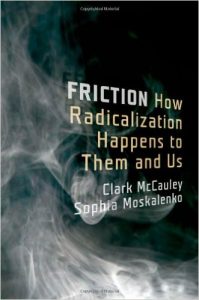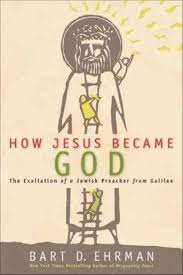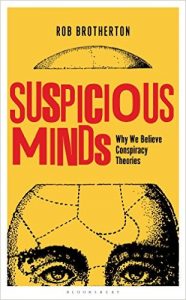Not long ago I wrote The Jewish Jesus as a Christian Bias. This time I am writing about the Jewish Jesus and Paul as opposed to a Christian bias. Nothing is simple, is it. I do suspect that the focus on the Jewishness of Jesus was originally undertaken with the conscious belief that such a path was more truly historical and a step removed from traditional theological biases, but as with many good intentions others less pure in motive hijacked the process for their own ideological ends — hence my earlier post.
This post, however, addresses the pure in heart, or at least pure in print, and no doubt in intent.
And my motive is? To place on record yet one more instance where biblical scholars, in particular New Testament scholars, set down for the record evidence that the biblical studies guild is indeed ridden with theological bias. So often we hear protestations from certain biblical scholars how so alike they are to other “scientific” academics, so dedicated to “the objective truth”, that anyone who raises the mere possibility that they might be religiously biased can only be a god-hating, angry atheistic, degenerate secular-humanist.
From a methodological point of view, the Christian ideological perspectives that continue to characterize much of the ostensibly historical work done in New Testament studies is problematic.
Mark D. Nanos (2015-01-01). Paul within Judaism: Restoring the First-Century Context to the Apostle (p. 32). Fortress Press. Kindle Edition. — That’s in the Introduction.
 Magnus Zetterholm is Associate Professor in New Testament Studies at Lund University. He is the author of Approaches to Paul: A Student’s Guide to Recent Scholarship (Fortress Press, 2009); The Formation of Christianity in Antioch: A Social-Scientific Approach to the Separation between Judaism and Christianity (Routledge, 2003); and the editor of The Messiah in Early Judaism and Christianity (Fortress Press, 2007).
Magnus Zetterholm is Associate Professor in New Testament Studies at Lund University. He is the author of Approaches to Paul: A Student’s Guide to Recent Scholarship (Fortress Press, 2009); The Formation of Christianity in Antioch: A Social-Scientific Approach to the Separation between Judaism and Christianity (Routledge, 2003); and the editor of The Messiah in Early Judaism and Christianity (Fortress Press, 2007).
Mark D. Nanos (2015-01-01). Paul within Judaism: Restoring the First-Century Context to the Apostle . Fortress Press. Kindle Edition.
The main criticism comes in the first chapter by Magnus Zetterholm. Zetterholm begins by doubting Christopher Hitchens’ assertion that religion poisons everything while at the same time conceding that in the case of Pauline studies
it could, however, easily be argued that this research discipline has indeed been negatively affected by Christian normative theology.
Mark D. Nanos (2015-01-01). Paul within Judaism: Restoring the First-Century Context to the Apostle (p. 31). Fortress Press. Kindle Edition.
What follows is surely a truism so it is remarkable that some New Testament scholars become quite defensive when a critical outsider attempts to point it out. Much safer, it seems, for such things to be admitted only within the confines of the club walls.
The study of the New Testament in general is, and has always been, a predominantly Christian affair. Christians study the New Testament, often within theological departments of seminaries and universities. Indeed, many scholarly commentary series are for Christians: The New International Greek Testament Commentary specifically states in the foreword that
“the supreme aim of this series is to serve those who are engaged in the ministry of the Word of God and thus to glorify God’s name.”
Similarly, in the editorial preface to the Word Biblical Commentary, it is stated that the contributors all are “evangelical,” understood“in its positive, historic sense of a commitment to Scripture as divine revelation, and to the true power of the Christian gospel.”
Furthermore, it is not unusual to find that methodological atheism, a quite natural assumption in most scientific research,[2] is challenged from scholars advocating what must be understood as an alternative theory of science, where supernatural events are possible, and where gods and angels intervene in human affairs. For instance, in his, in many ways excellent treatment of the resurrection of Jesus, presented as a scholarly contribution, N. T. Wright states in the introduction that he will argue
“that the best historical explanation is the one which inevitably raises all kinds of theological questions: the tomb was indeed empty, and Jesus was indeed seen alive, because he was truly raised from the dead.”[3]
Theological conviction drives a comment expressed as if it were merely a historical reflection. From a methodological point of view, the Christian ideological perspectives that continue to characterize much of the ostensibly historical work done in New Testament studies is problematic.
Mark D. Nanos (2015-01-01). Paul within Judaism: Restoring the First-Century Context to the Apostle (pp. 31-32). Fortress Press. Kindle Edition. (Italics original; formatting, bolded emphasis, graphics and hyperlinks are mine in all quotations.)
Continue reading “Theological Assumptions (Can Christianity handle a Jewish Paul?)”















